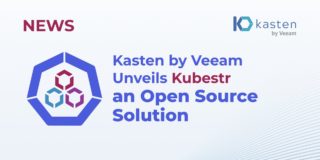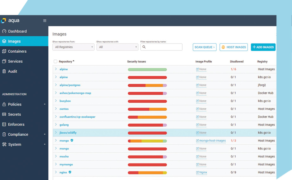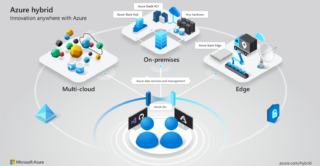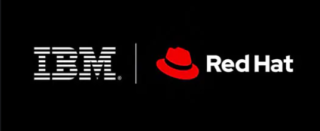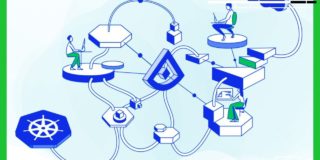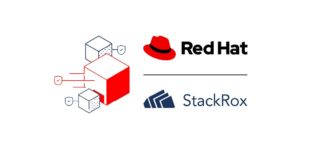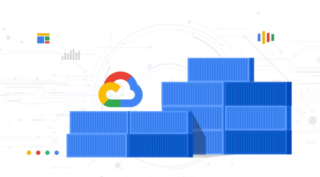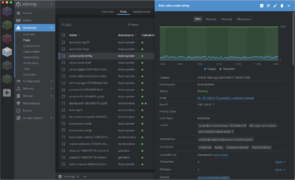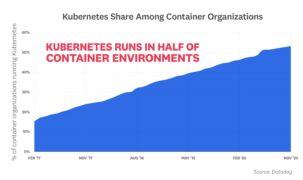Topic: kubernetes
ITOps Times Open-Source Project of the Week: Kubestr
Kasten by Veeam announced a new community project to help DevOps and PlatformOps optimize Kubernetes storage resources. Kubestr is an open-source project designed to evaluate Kubernetes cluster storage configurations and performance. While the introduction of Container Storage Interface (CSI) has enabled more cloud-native storage offerings, the company explained there is an overwhelming amount of options … continue reading
Aqua Security launches Aqua Cloud Native Security Platform for containers and VMs running on Arm devices
Aqua Security launched a new container runtime security solution for Arm 64-bit environments that enables organizations to protect their high-density workloads on platforms such as AWS Graviton2 instances and more. “Our customers will be able to continue and accelerate their cloud native journey with Aqua’s support for Arm-based architectures. Through our commitment to supporting the … continue reading
ITOps Times Open-Source Project of the Week: Flux
Flux is an open-source GitOps project designed to keep Kubernetes clusters in sync with configuration systems as well as automate any new changes to the configuration. It has been with the Cloud Native Computing Foundation (CNCF) as a Sandbox project since August 2019, and just this week it was voted to move to an incubating … continue reading
Microsoft announces Azure Arc updates
Microsoft added new innovations to Azure Arc, a set of technologies that extends Azure management and services to any infrastructure, including on-premises, multicloud, or at the edge. Users now have access to Azure Machine Learning, which enables data scientists and developers to build, deploy and manage machine learning (ML) models. Customers can train ML models … continue reading
GKE Autopilot takes managed Kubernetes to new heights
Google is adding new ways to work with its Google Kubernetes Engine (GKE) with a new operations solution for managed Kubernetes. GKE Autopilot manages infrastructure so teams can focus on their software. “Until now, Kubernetes still involved a fair bit of manual assembly and tinkering to optimize it for your needs,” Drew Bradstock, group product … continue reading
Red Hat software now available on IBM Power Systems
IBM announced the availability of Red Hat software on IBM Power Systems and new IBM Power Systems hardware. Red Hat OpenShift on IBM Power Virtual Server leverages OpenShift’s bare metal installer, Red Hat Runtimes, and newly certified Red Hat Ansible Content Collections. Also, the new IBM Private Cloud Rack Solution provides clients with an optimized, … continue reading
Rapid7 acquires Kubernetes security provider Alcide
Rapid7 acquired the Kubernetes provider Alcide to help its customers rapidly adopt and secure cloud environments. Alcide provides Kubernetes security fully integrated into the DevOps lifecycle and processes so that business applications can be rapidly deployed while also protecting cloud environments from malicious attacks, according to Brian Johnson, the SVP of Cloud Security Practice at … continue reading
Red Hat to acquire Kubernetes and container security company StackRox
Red Hat has entered into an agreement to acquire StackRox for its container and Kubernetes-native security capabilities. According to Red Hat, bringing StackRox to its container application platform OpenShift will help users build, deploy and securely run apps across the hybrid cloud from a single platform. In addition, Red Hat plans to use StackRox to … continue reading
Google donates $3 million in cloud credits to CNCF to support Kubernetes
Google Cloud is continuing to help fund the Kubernetes project, which it initially created, by donating $3 million in cloud computing credits to the Cloud Native Computing Foundation (CNCF), the organization that currently maintains the project. This grant is a continuation of the company’s behavior since 2018, when it started its commitment of investing $3 … continue reading
ITOps Times Open-Source Project of the Week: Lens
This week’s highlighted open-source project is Lens, which is an IDE for Kubernetes. It can be used to handle operations, monitoring, development, and debugging in Kubernetes environments. “Lens provides the full situational awareness for everything that runs in Kubernetes. It’s lowering the barrier of entry for people just getting started and radically improving productivity for … continue reading
Kubernetes 1.20 now available
The third Kubernetes release of the year, Kubernetes 1.20, is now available. In this release, 11 enhancements moved to stable, 15 moved to beta, and 16 are entering alpha. According to the release team, this is one of the most feature-dense Kubernetes releases in a while. “What you can takeaway from this is that Kubernetes’ … continue reading
Report: Kubernetes running in over half of container environments
Kubernetes now runs over half of container environments. That is according to a new report from Datadog, which revealed that Kubernetes growth has doubled since 2017, and that it is continuing to grow steadily. Datadog analyzed 1.5 billion containers in use by tens of thousands of its customers to get a sense for how image … continue reading

